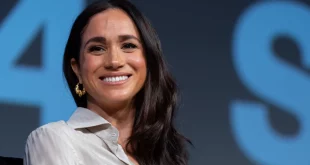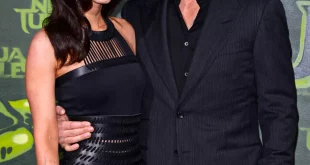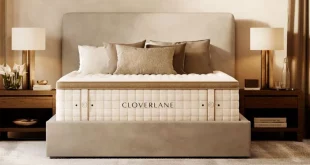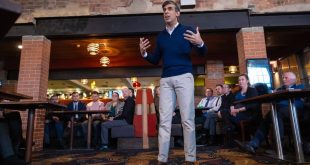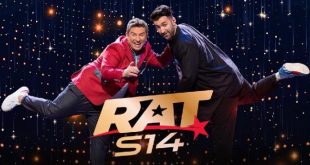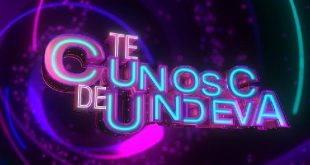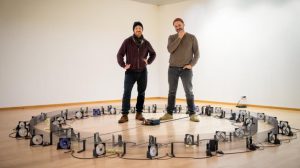
During their Dutch-German artistic exchange, artists Johannes Langkamp and Martin Lucas Schulze discovered their shared fascinat”We were having beers and conversations about art,” grins Rotterdam-based Johannes Langkamp as he reminisces about his first encounter with Martin Lucas Schulze from the Eastern German city Chemnitz. It was the perfect setting for the first encounter between the two originally German artists. Their paths crossed during a double residency between Germany and the Netherlands last January. This residency stemmed from a visitors program established by the Netherlands Embassy in Berlin and DutchCulture in 2023.
Langkamp introduced his artistic counterpart to the culinary delights of his hometown Rotterdam: roti and jenever, and took him to visit his studio along with Rotterdam’s art spaces such as Brutus. They engaged in more conversations about art and their shared interest in kinetics, the study of motion. Ultimately, this exchange led to the co-designing of an exhibition at Goethe-Institut Rotterdam, funded by the State Chancellery of Saxony
Spotlights on Chemnitz
But how come Schulze ended up in Rotterdam in the first place? Chemnitz, the third largest city in Saxony, will be the European Capital of Culture in 2025. To strengthen the ties between the two countries, last year we invited – together with the Netherlands Embassy in Berlin – four cultural professionals from Chemnitz for an international visitors program in the Netherlands. Afterwards, Robert Verch, a participant in the programme and founder of the Chemnitz cultural hub Klub Solitaer e.V., joined forces with the Rotterdam Goethe-Institut to set up a residency between the two cities. Martin Lucas Schulze was chosen to spend a month in Rotterdam and co-design an exhibition with Johannes Langkamp.ion for movements and processes.
